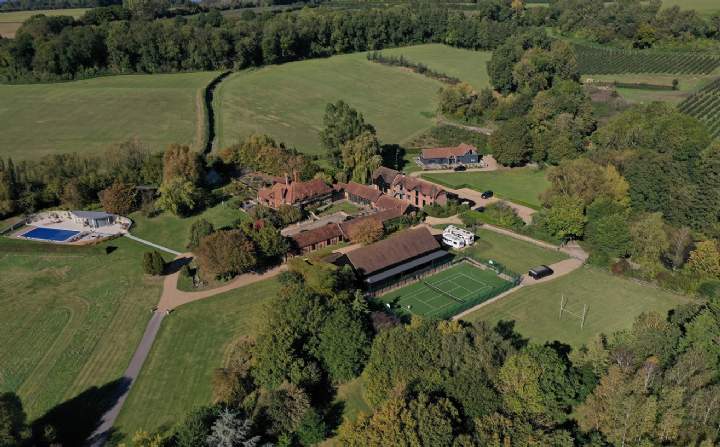Here are our timeline tips to help the process run as smoothly as possible.
With a year to go…
Book photography: Where possible, it’s ideal to plan a year in advance for country-house sales. This means the property can be photographed in May, when the gardens look their best.
Formalise agreements: Planning ahead also ensures there is enough time for your solicitor to collate or regularise any arrangements you have, such as grazing rights or basic payment schemes on the land as you may be required to evidence these, should the purchaser elect for ‘mixed use’ status for SDLT purposes. With time on our side and using wider Savills tax-planning expertise, we are able to look holistically at the property in question, too. This approach has resulted forward-thinking strategies such as carving off a parcel of land, which might have development potential in the future, from the sale and putting it into trust for the benefit of their grandchildren.
With at least three months to go…
Instruct lawyers and agents: This gives time to look at implementing value-adding strategies. These range from opening up views by lowering hedges to investigating whether planners would agree to increasing the footprint or volume. We were recently able to reposition a client’s property because we felt the plot warranted a larger house. Architectural drawings highlighted to buyers the potential, which resulted in a significantly higher sale price. It’s about packaging a house to its best advantage. These kinds of actions mitigate the leap of faith that a buyer might otherwise need to make.
Have legal pack ready: Preparing a legal pack in advance, including a septic tank status report, building regulations certificates, listed building consents and water analysis results where relevant, can also pay dividends. You’d be surprised how many country houses have their own water supply and sometimes these can feed into other neighbouring properties, which, in turn, can hold up a sale.
Carry out searches: Be proactive and have the local searches done on behalf of the buyer, too; they are valid for up to six months. The aim is to try and avoid any delays. I know from my buying agent days that they jeopardise sales. Having found a buyer, you want to act as quickly as possible and having all the information ready is key.
Commission survey(s): Each country house will throw up different nuances or potential areas of complication. These can range from the employment rights of staff to the nature of existing tenancies and whether or not all the land has been correctly registered. If the house is near water, a ready-prepared flood assessment is useful. In some cases, when a property is in a poor state of disrepair, we’ll recommend that vendors have a survey done so that you can immediately allay buyers’ concerns about restoration costs. These can easily escalate in their imagination, so having some professionally collated figures can be enormously helpful.
With one month to go…
Final details: Now’s the time to put together the brochure for sign off ready for launch.
If you do the above, you’ll be well placed to sell to the best advantage and with the minimum of fuss.








(2).jpg)
.jpg)
.jpg)




.jpg)
.jpg)